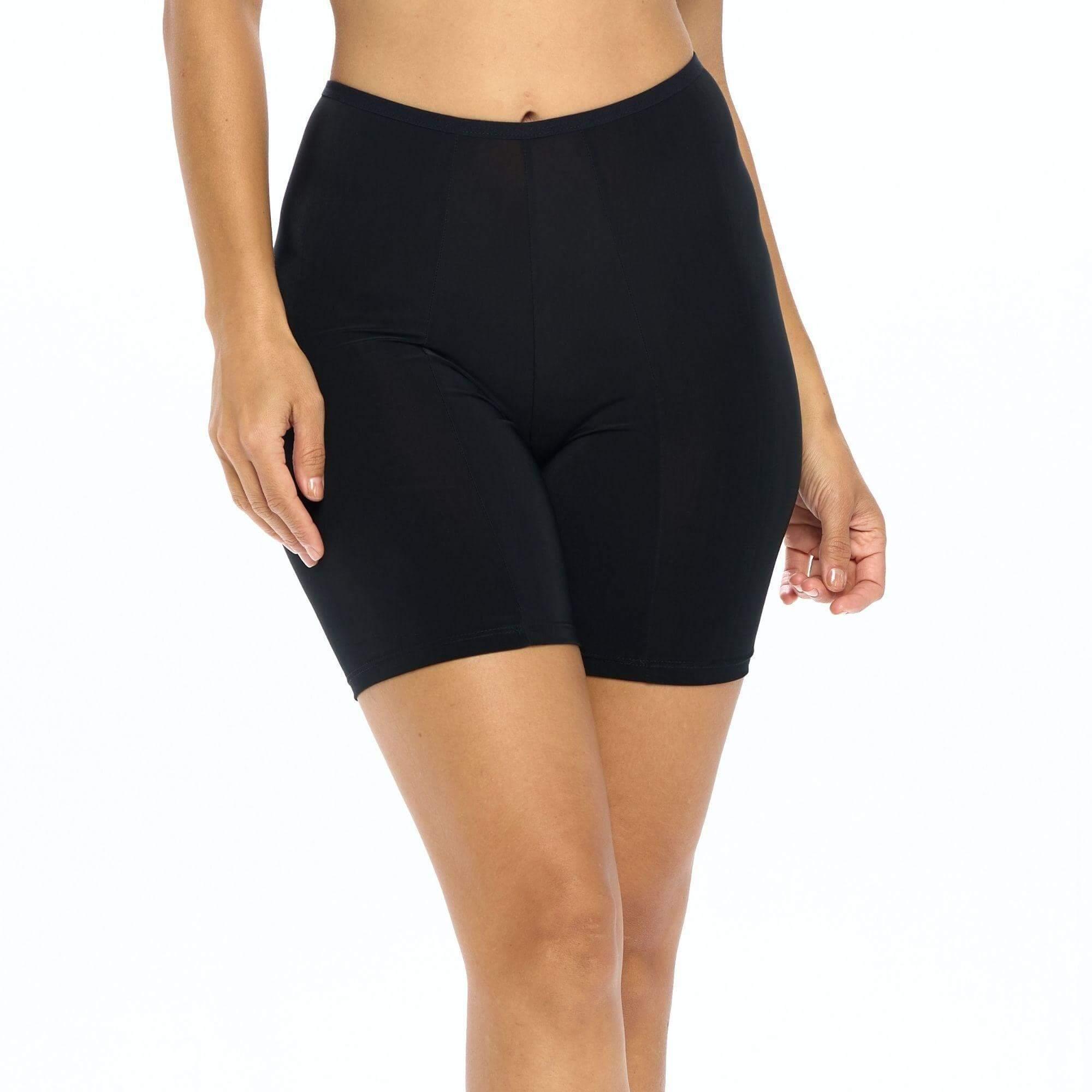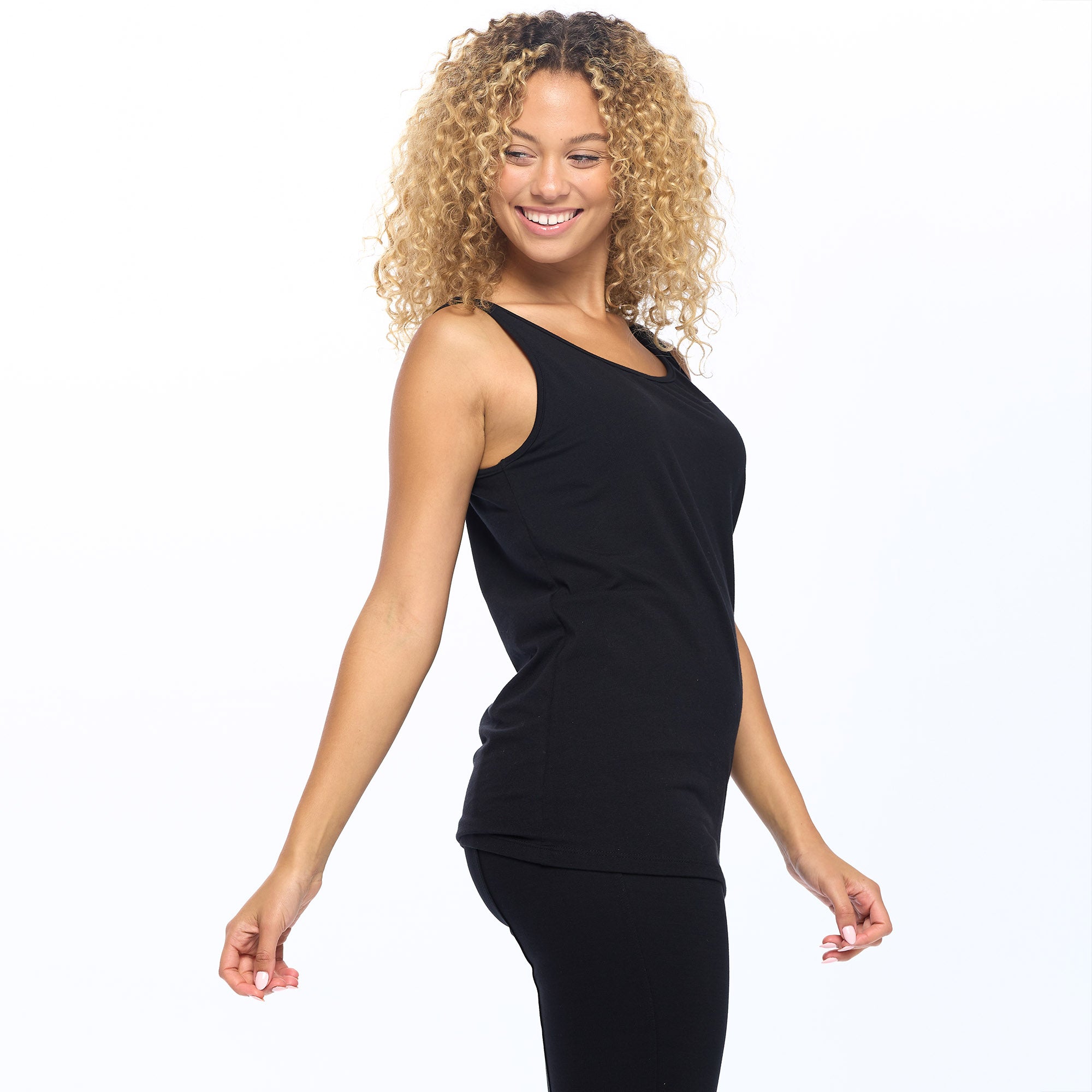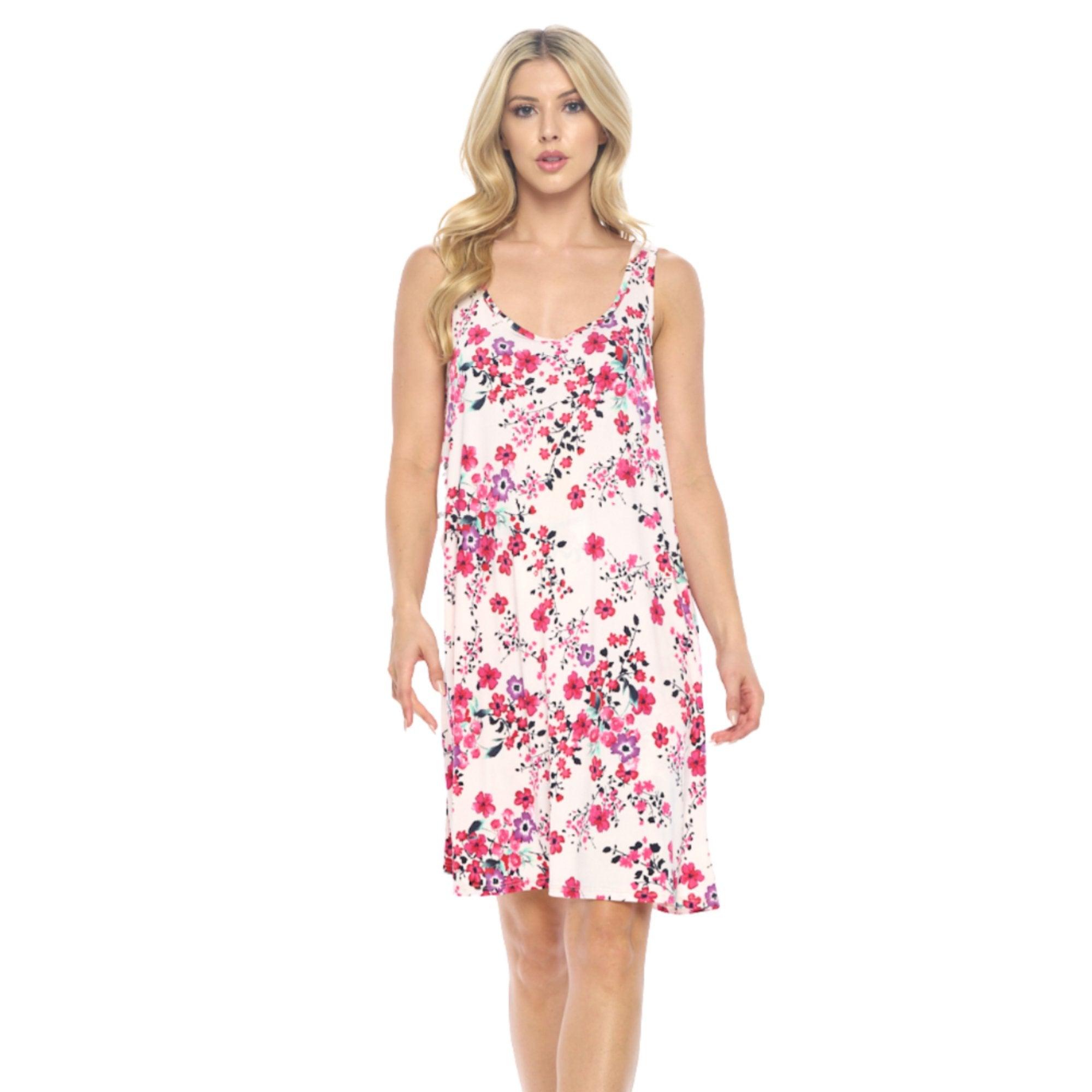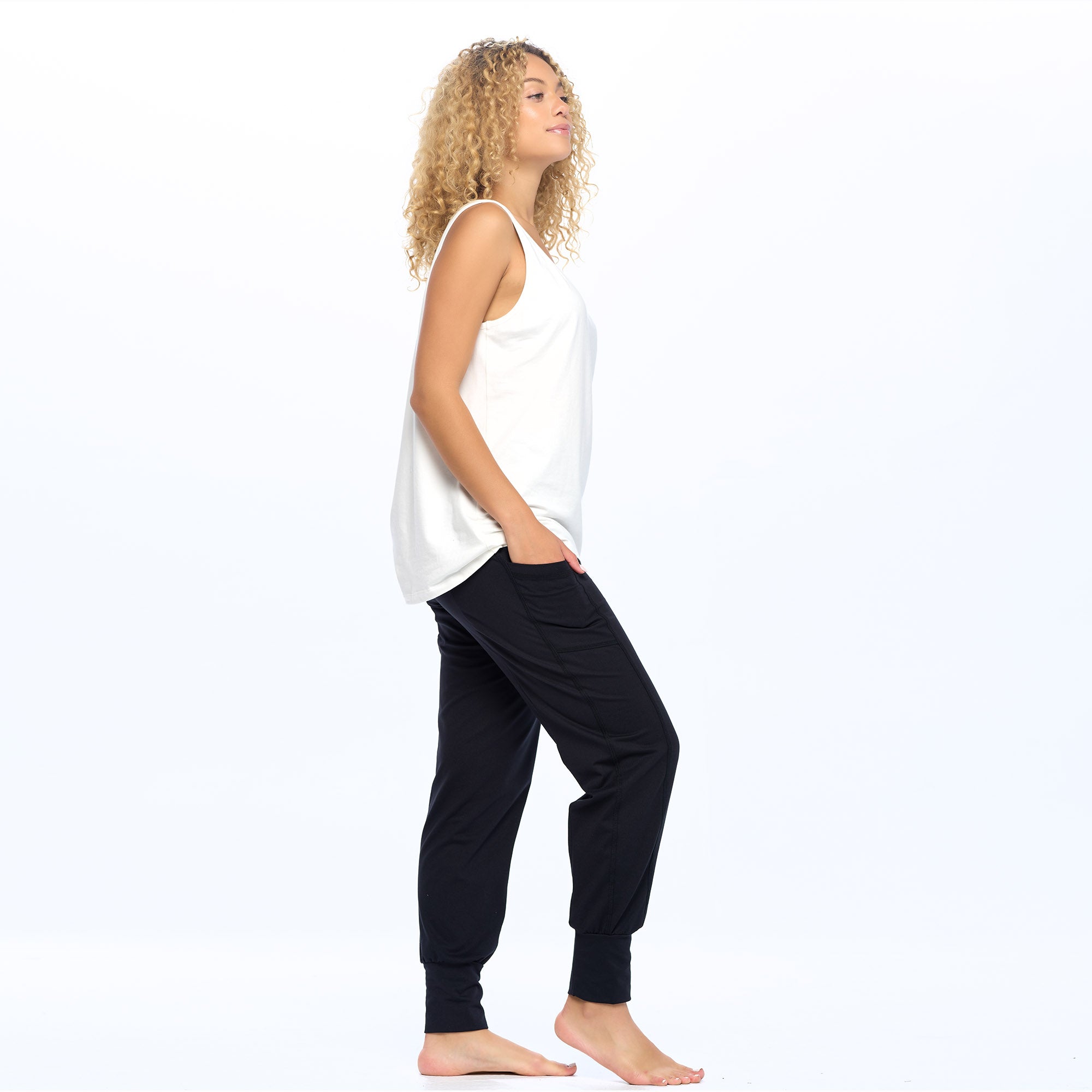Thigh perceptions vary by culture, and women's ideal body types have changed dramatically throughout history. In an effort to explore the evolving body standard, BuzzFeed Video gathered a variety of models and compared their body shapes to their society's expectations in a visually dynamic study.
During this era, the ideal body was defined by its proportions, including an hourglass shape. This was a shift from the Victorian era, where a girl's figure was defined by its size and curves.
In the 1920s, women had a newfound freedom to express themselves through their clothes and style. Flappers coiled their hair into short bobs and started showing off their legs, a move that challenged the idea that women should be slim.
Then, in the 1940s, society's beauty standards were revamped again, this time based on wartime utilitarianism and high fashion. The ideal feminine body in this decade was an hourglass figure with larger breasts and a tiny waist. This was a departure from the modesty and femininity of the 1930s, and it made women more comfortable in their clothing, especially with the advent of modern bras that could boost up a woman's chest.
This was a positive change in body image, and a reversal of societal norms that often condemned curvy women as "frail" or "disfigured." The pin-up movement also emerged during this era, with its emphasis on glamour and sensuality.
Another societal trend in the 1950s was the '50s counterculture, which sought to defy sex and gender stereotypes. The Black is Beautiful movement in the 1960s was a rebuke to Eurocentric beauty ideals, and it called for Black women to embrace their natural features and be proud of their bodies.
However, even after these changes, the beauty standard still remained sexist and discriminatory, with women often struggling to fit into these expectations. This was due to the lack of diversity in popular magazines and advertisements, which typically portrayed White models.
In the 1970s, this issue was exacerbated by the rise of feminist movements and a growing sense of body positivity among women. In an attempt to promote a more inclusive culture, companies began rebranding their products as "countercultural advertising campaigns that resemble social activism."
While these efforts may seem like an effective way of appealing to a wider audience, it doesn't go far enough in helping women feel included and empowered. In the 2020s, the concept of beauty has continued to evolve and is being influenced by an increasingly diverse society.
There are a number of reasons why this has happened. The internet has opened up a platform for people to share their stories and compare themselves with others, creating an atmosphere of body checking and comparison that can lead to anxiety and self-doubt.
This is why CarrieRae Munson founded Undersummers, a company dedicated to the elimination of thigh chafe and empowering customers to feel more confident in their skin. She says, "Thigh chafing is a real issue that women face daily. There is no need to hide your thigh prevention shorts, let them show ." Undersummers's anti-chafing shorts come in a wide variety of different styles to meet all your needs:









